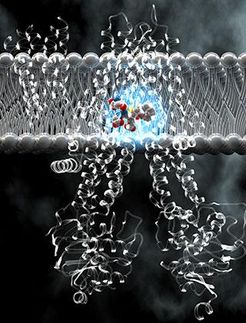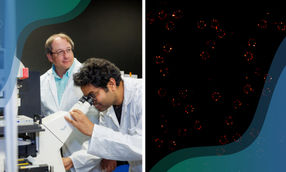Poxvirus hijacks cell movement to spread infection
Vaccinia virus, a poxvirus closely related to smallpox and monkeypox, tricks cells it has infected into activating their own cell movement mechanism to rapidly spread the virus in cells and mice, according to a new UCL-led study.
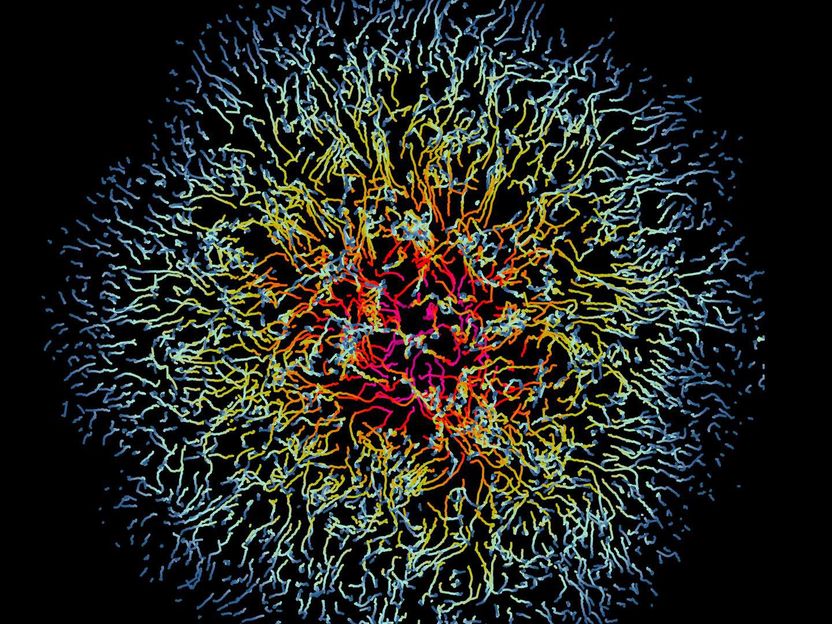
This image shows the final tracks of how the infected cells moved. The different colors correspond to the time at which cells were infected.
Corina Beerli, UCL
The findings explain how the virus mimics infected cells' own proteins to kick-start the signalling pathway enabling the cell to move around. "We were surprised to find that not only does the poxvirus turn on the infected cell's motility pathway, it also controls the speed and direction of movement to coordinate the rapid spread of the infected cells," said the study's lead author, Dr Jason Mercer (MRC Laboratory for Molecular Cell Biology at UCL).
Vaccinia virus causes a mild and asymptomatic infection, which is why it was used in the world's oldest vaccine, that of smallpox, as it safely confers immunity to the much more harmful virus.
"There are numerous viruses, including herpes viruses and tumour-causing viruses, that are known to promote movement in infected cells, so by clarifying the mechanism in one virus, we hope to shed light on new therapeutic targets to prevent the spread of many different viruses," said the study's first author, PhD student Corina Beerli (MRC Laboratory for Molecular Cell Biology at UCL).
The virus produces a protein, vaccinia growth factor (VGF), that mimics epidermal growth factor, a protein that stimulates the growth of healthy cells and plays a key role in activating cell movement.
For the study, the researchers were tracking individual cells, both infected and uninfected, in cell cultures. They found that when they removed the VGF protein from vaccinia virus-infected cells, the virus was no longer able to enhance cell motility. They demonstrated that VGF was effectively activating the host cell's epidermal growth factor receptors to initiate cell movement.
The research team was then able to clarify the signalling pathway exploited by the virus, and how the infected cells are directed to rapidly move away from the source of infection in order to maximise the area covered by infected cells.
The researchers tested their findings in a small study of mice and found that the virus spread more effectively and developed larger lesions when infected with the unmodified virus than with the VGF-deficient version of the virus.
The findings are the first demonstration that infected cell motility is directly linked to virus spread.
The researchers also found that the cell signalling pathway activated by the virus was the same pathway that gets taken over in cancer cells to promote metastasis.
"By making this connection between how a poxvirus and metastatic cancer spread, we've opened up new possibilities for antiviral strategies. There is a wide range of cancer drugs that already target this signalling pathway to stop the spread of metastatic cancer cells, so we hope that further research will uncover whether those cancer drugs could be re-purposed as antiviral agents or combined with existing antivirals," said Dr Mercer.
Original publication
Original publication
Corina Beerli, Artur Yakimovich, Samuel Kilcher, Glennys V. Reynoso, Gotthold Fläschner, Daniel J. Müller, Heather D. Hickman & Jason Mercer; "Vaccinia virus hijacks EGFR signalling to enhance virus spread through rapid and directed infected cell motility"; Nature Microbiology; 2018
Topics
Organizations
Other news from the department science

Get the analytics and lab tech industry in your inbox
By submitting this form you agree that LUMITOS AG will send you the newsletter(s) selected above by email. Your data will not be passed on to third parties. Your data will be stored and processed in accordance with our data protection regulations. LUMITOS may contact you by email for the purpose of advertising or market and opinion surveys. You can revoke your consent at any time without giving reasons to LUMITOS AG, Ernst-Augustin-Str. 2, 12489 Berlin, Germany or by e-mail at revoke@lumitos.com with effect for the future. In addition, each email contains a link to unsubscribe from the corresponding newsletter.
Most read news
More news from our other portals
Last viewed contents
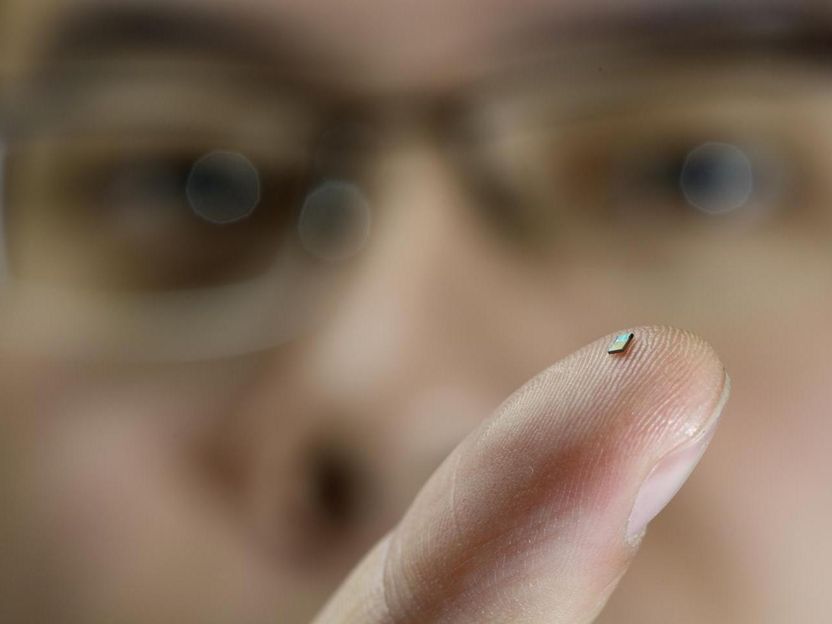
The world's tiniest temperature sensor is powered by radio waves

Sartorius metrology expert Veronika Martens receives OIML Medal - High recognition of her achievements in international metrology

First X-ray laser's early success brings approval for next-phase facility
Can you analyze me now? Cell phones bring spectroscopy to the classroom
PET imaging with special tracer can detect and diagnose early Alzheimer's disease
Eurofins closes acquisition of cosmetic testing lab in France

How neurons and glia cells are created in the developing brain
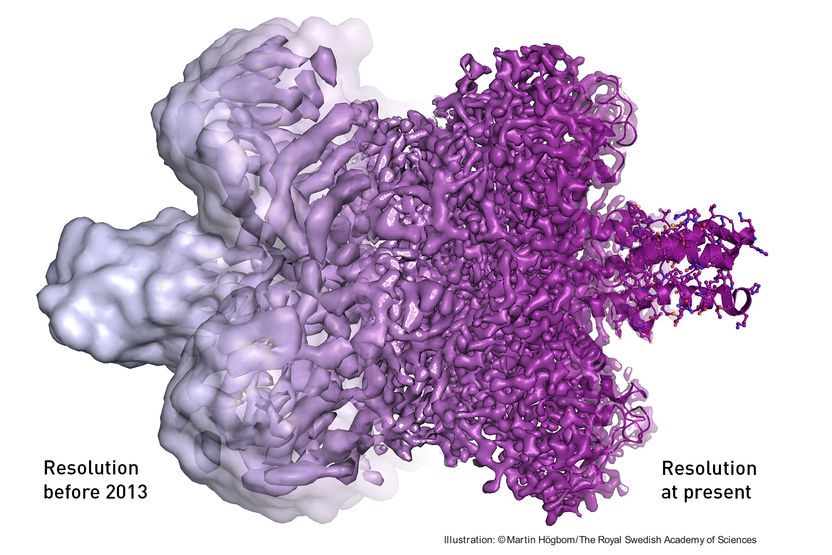
Cool microscope technology revolutionises biochemistry

